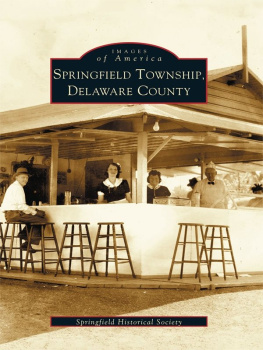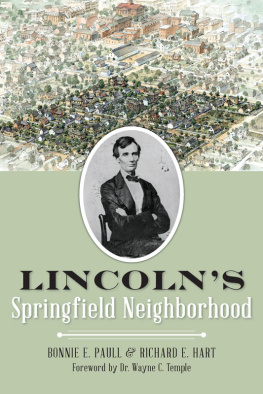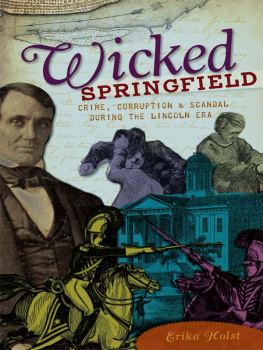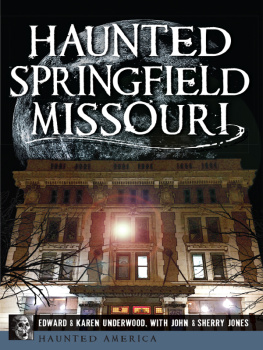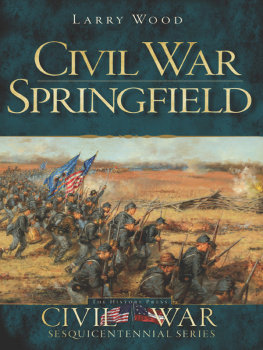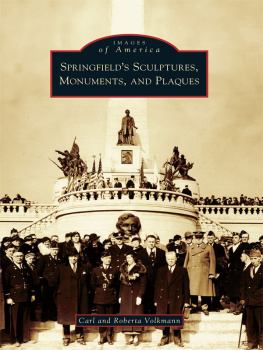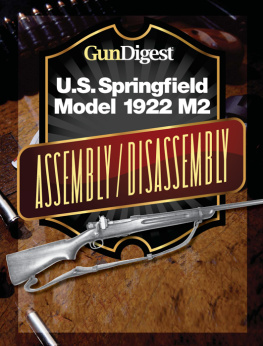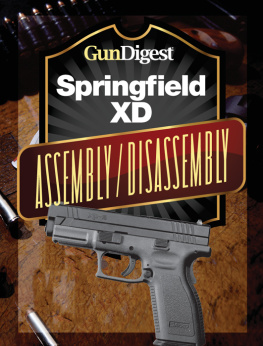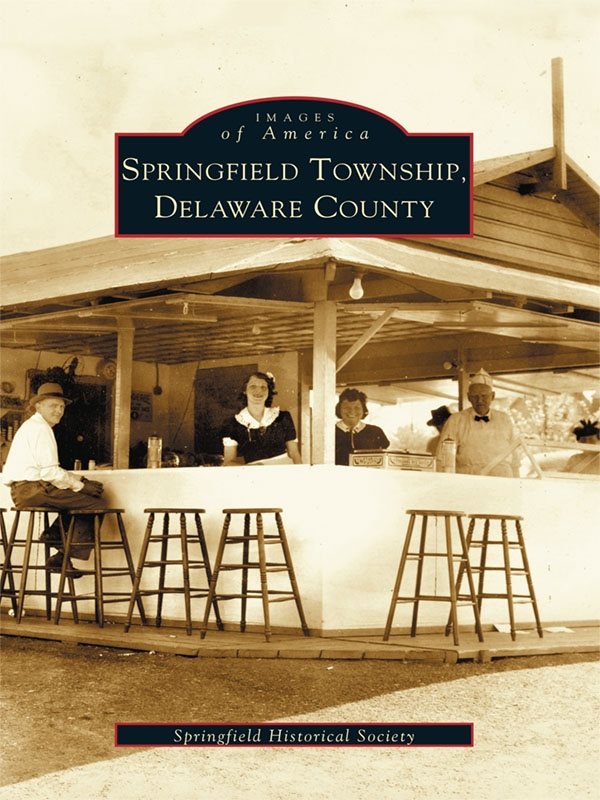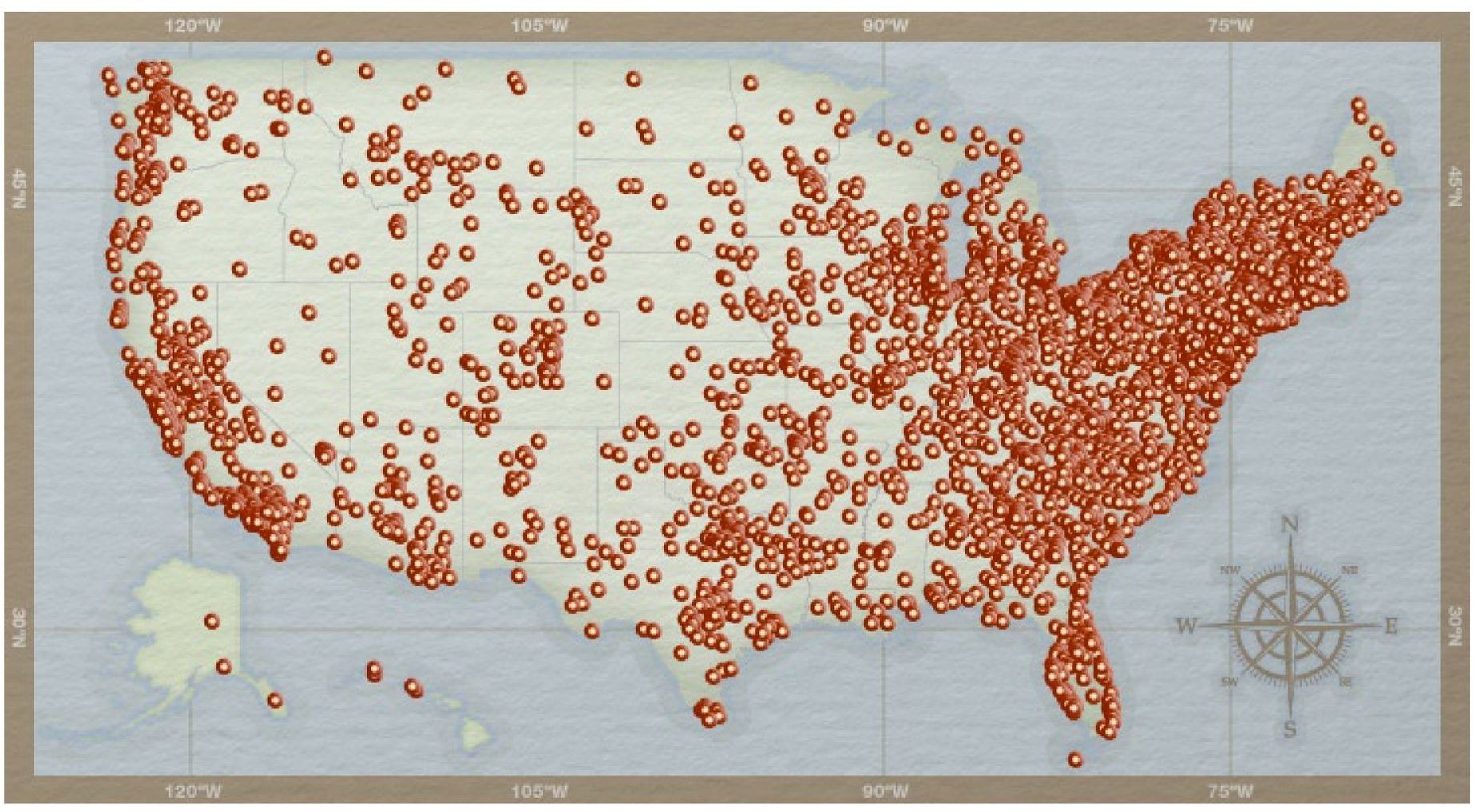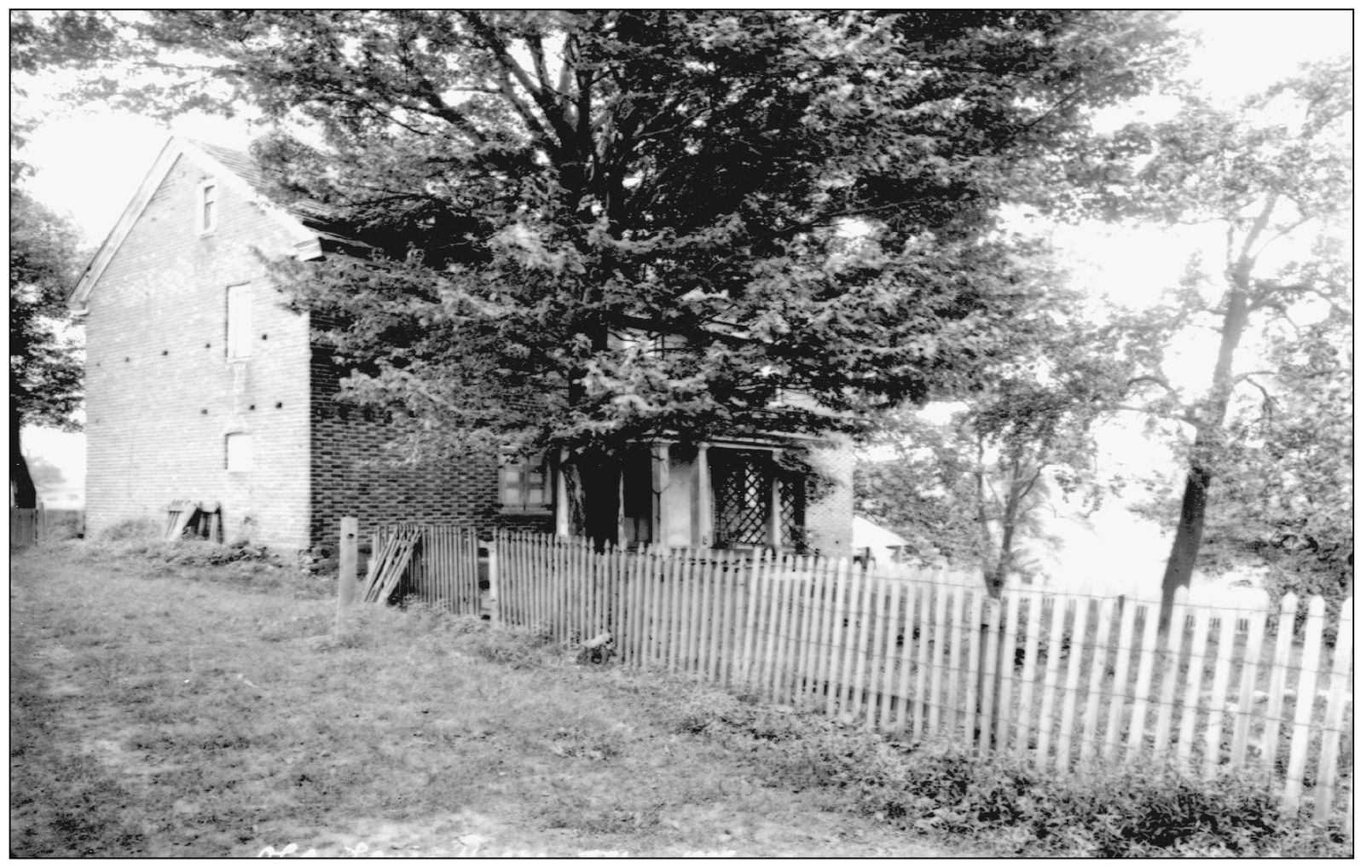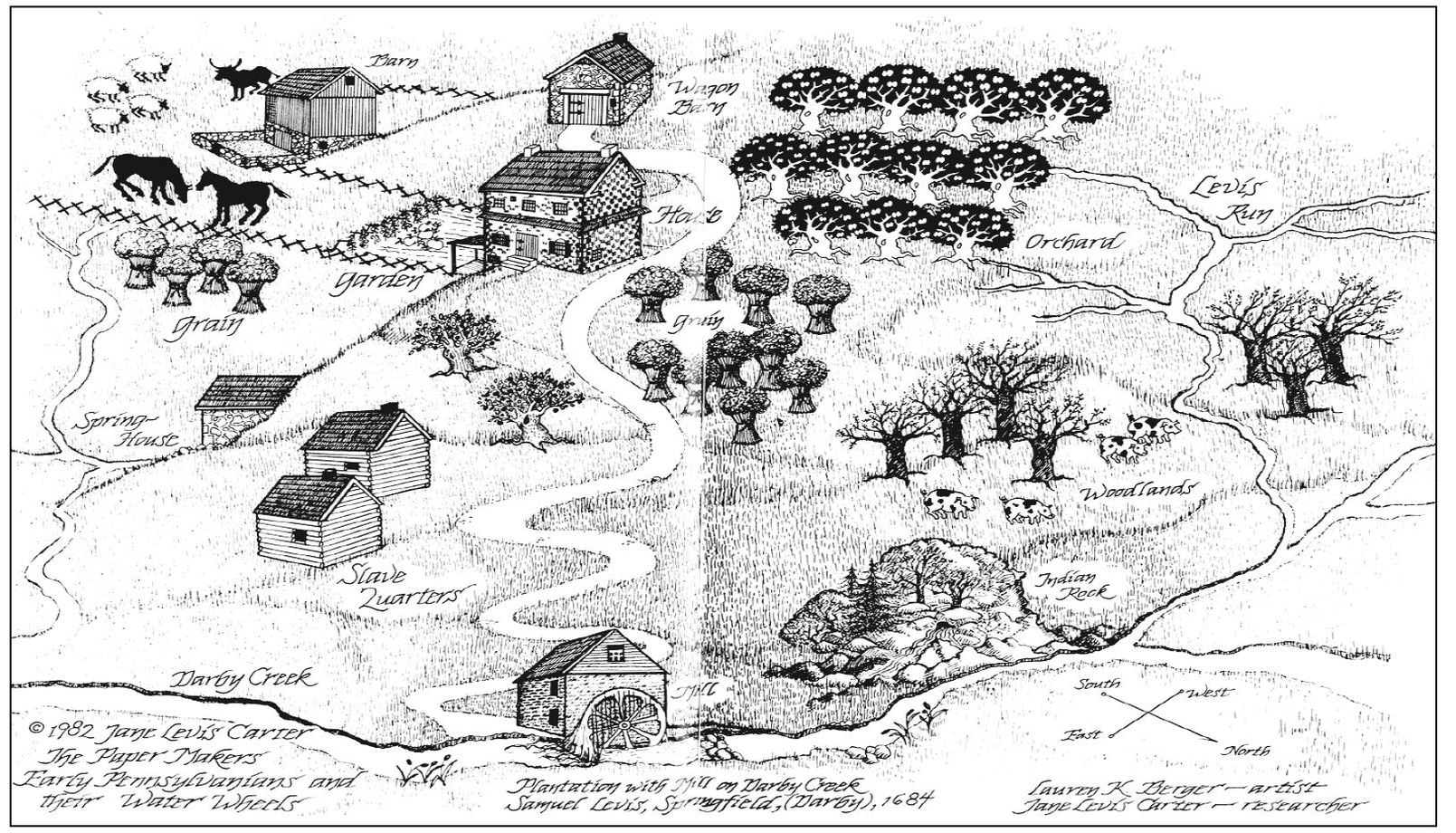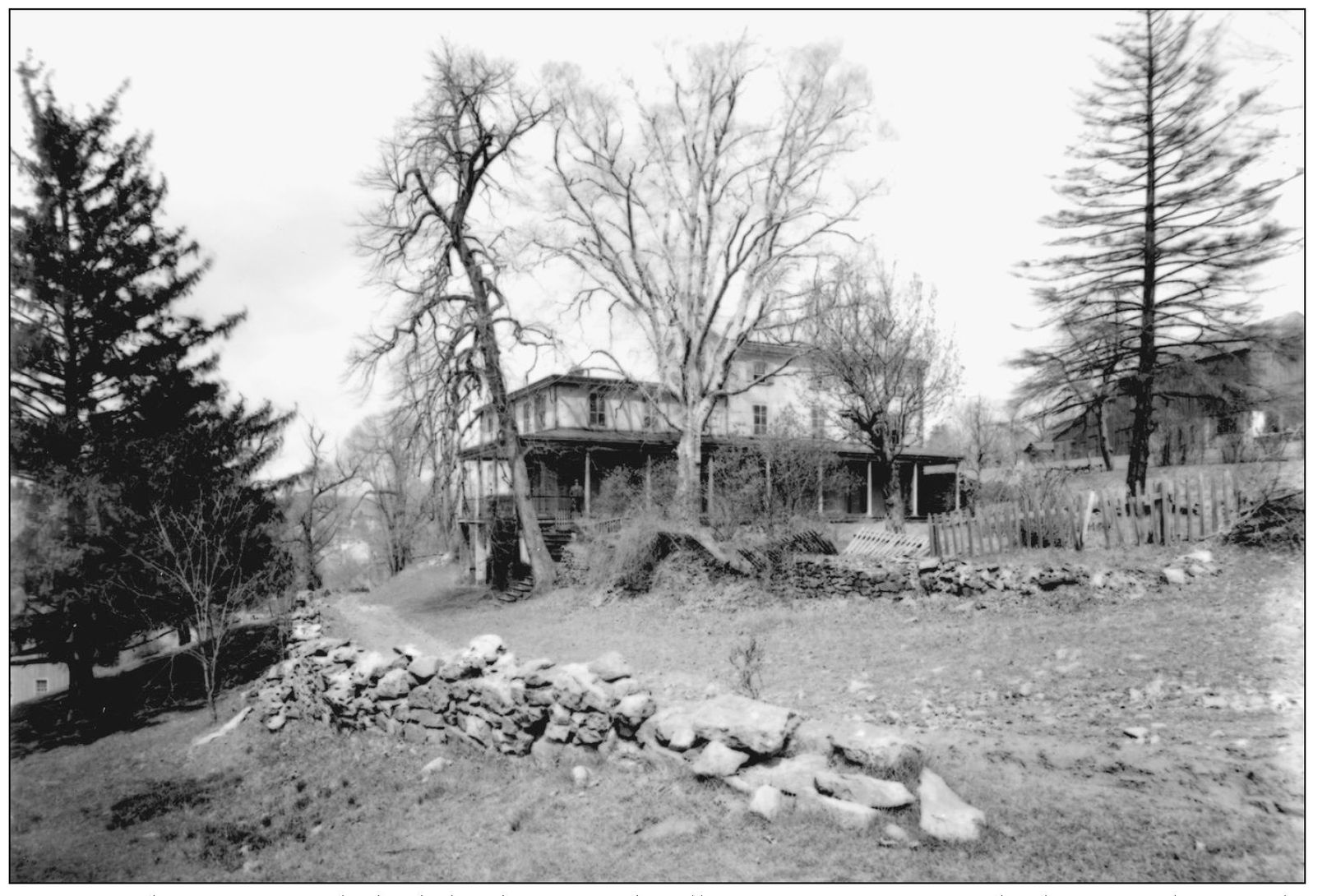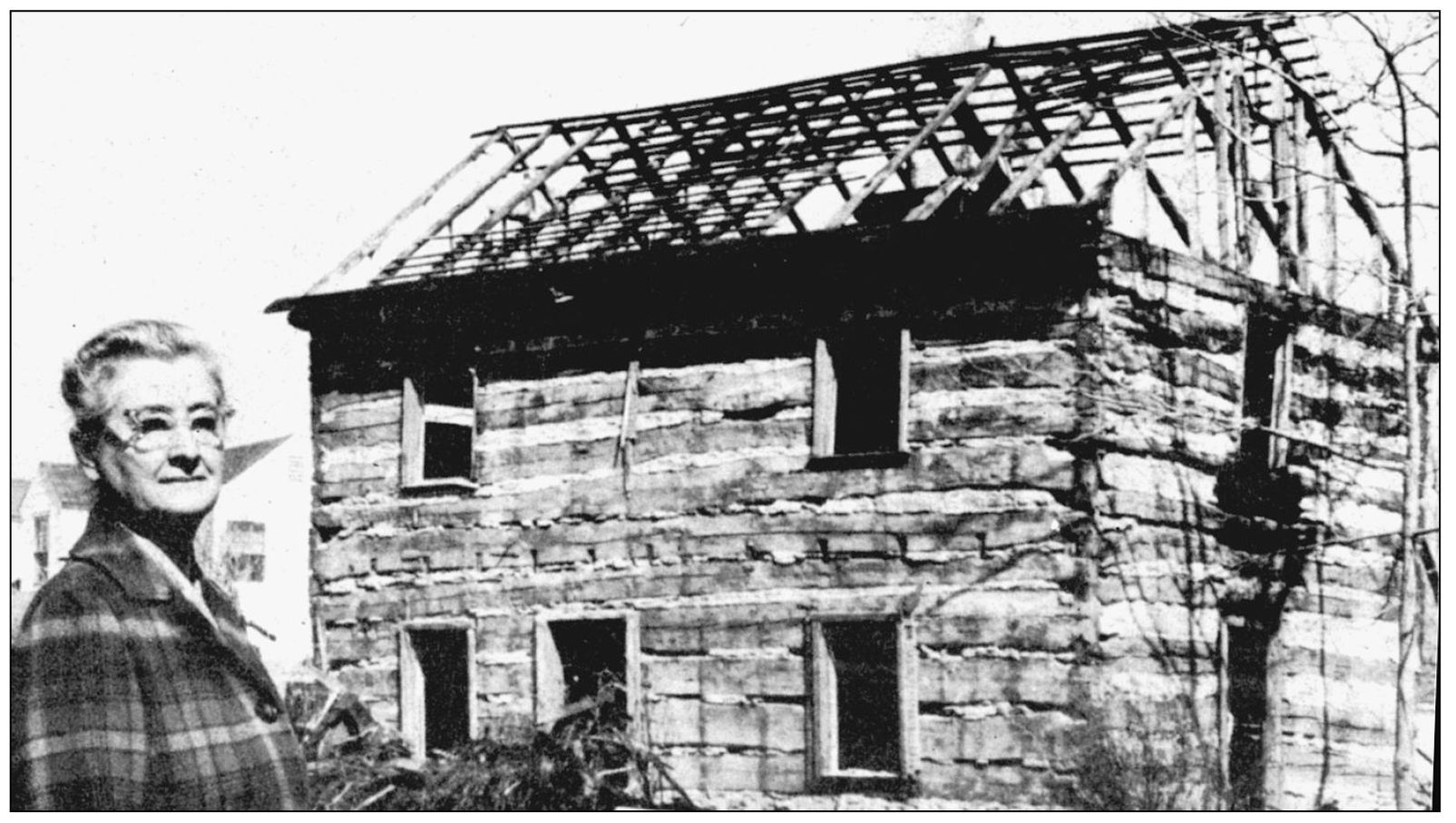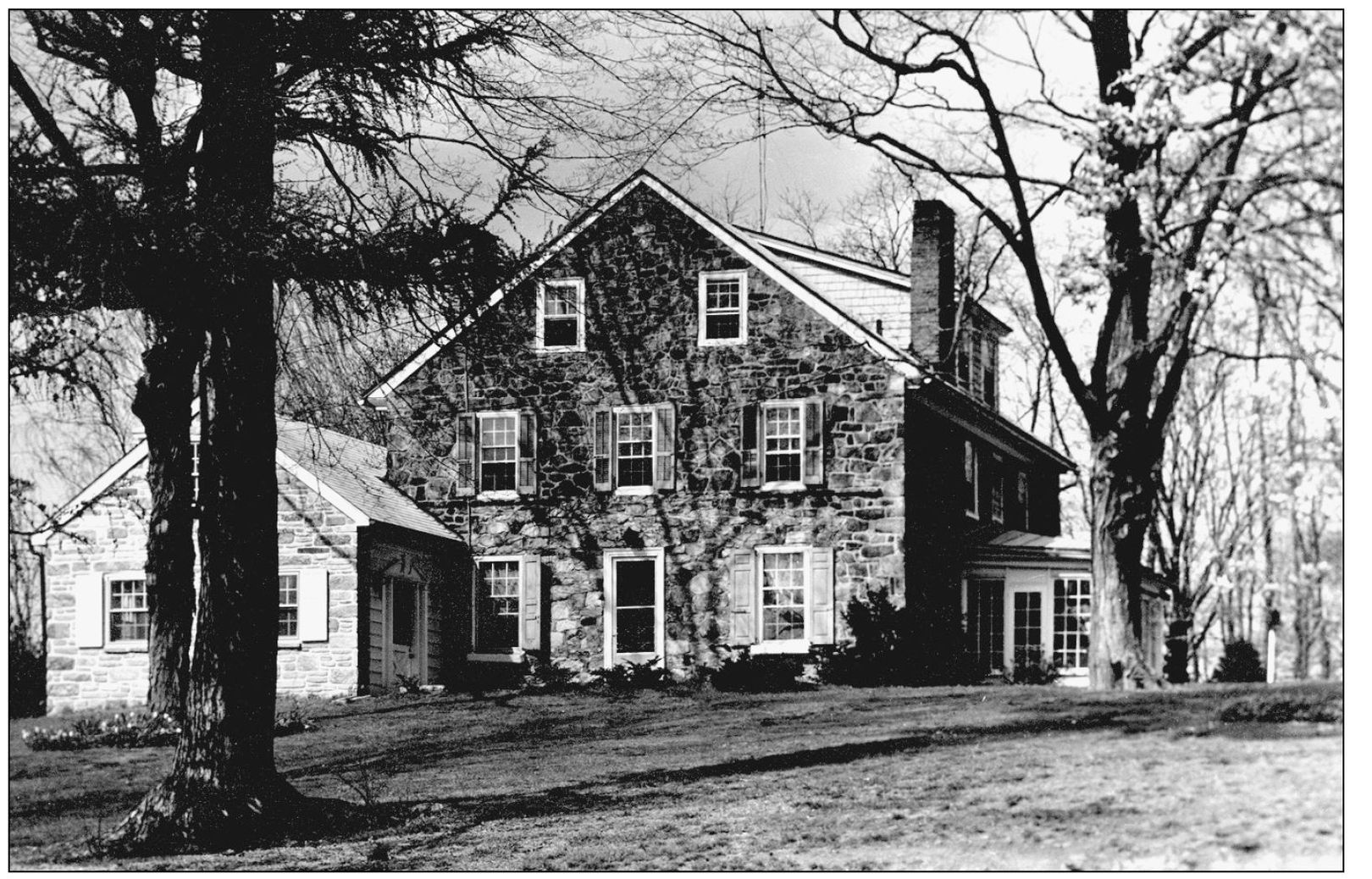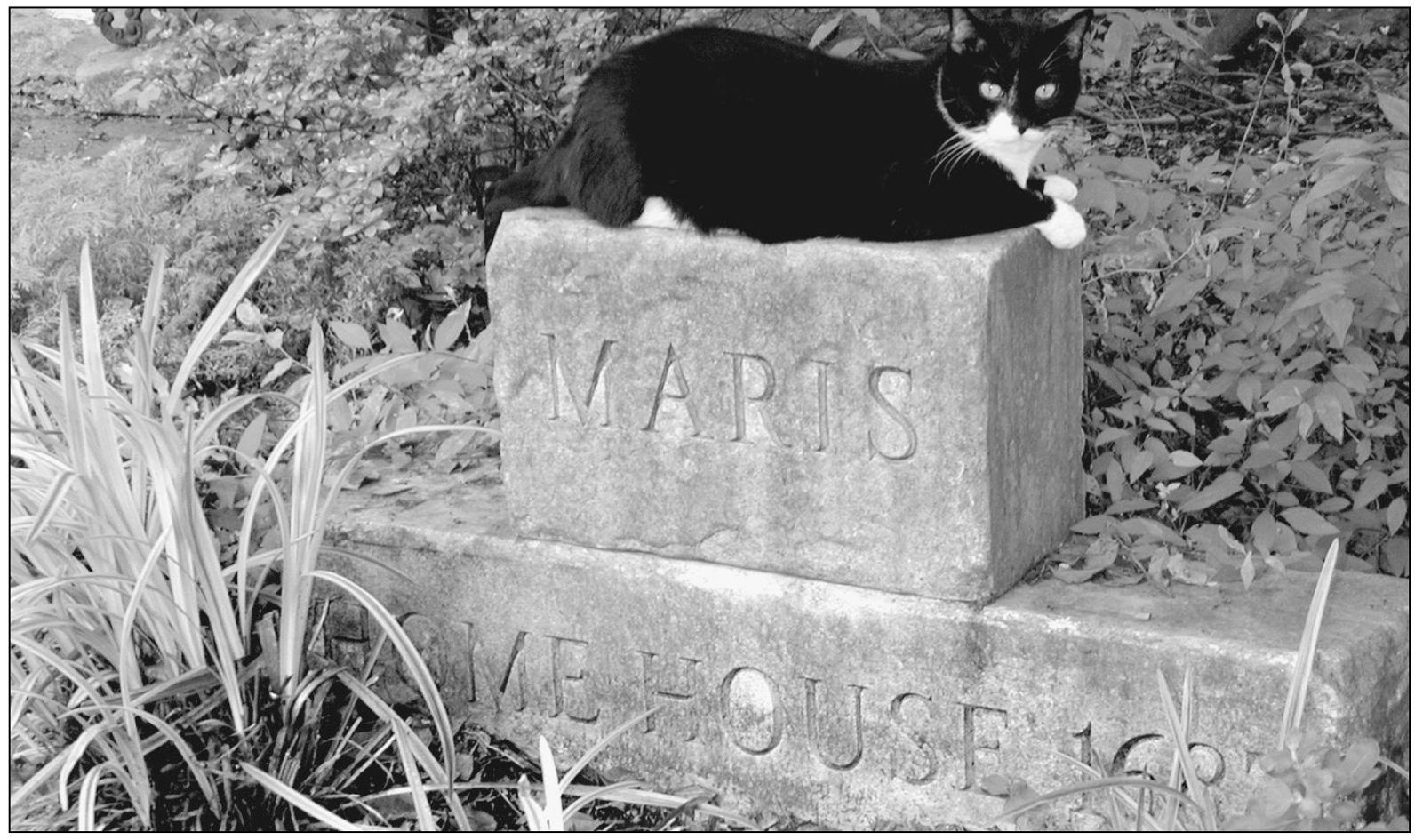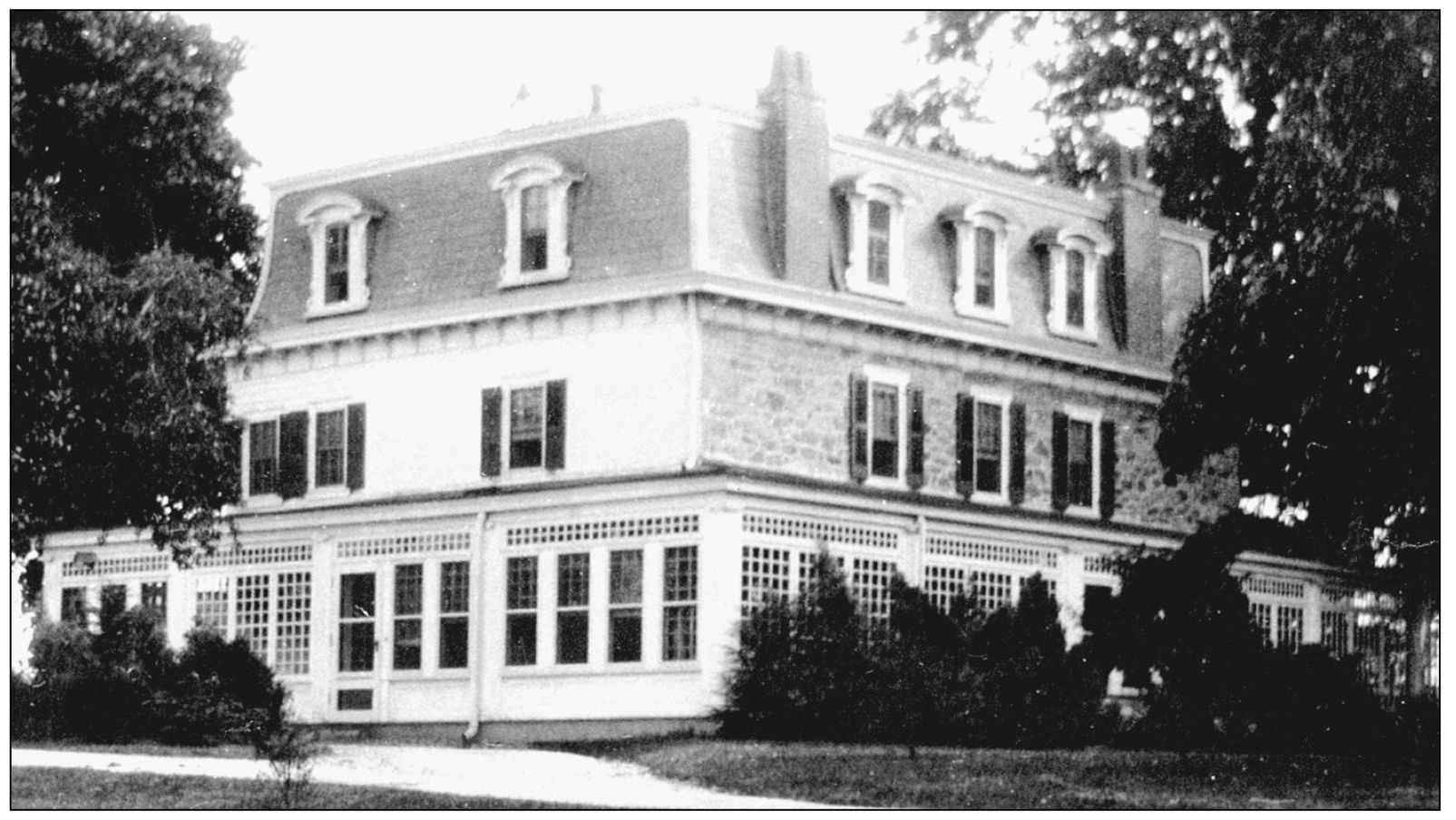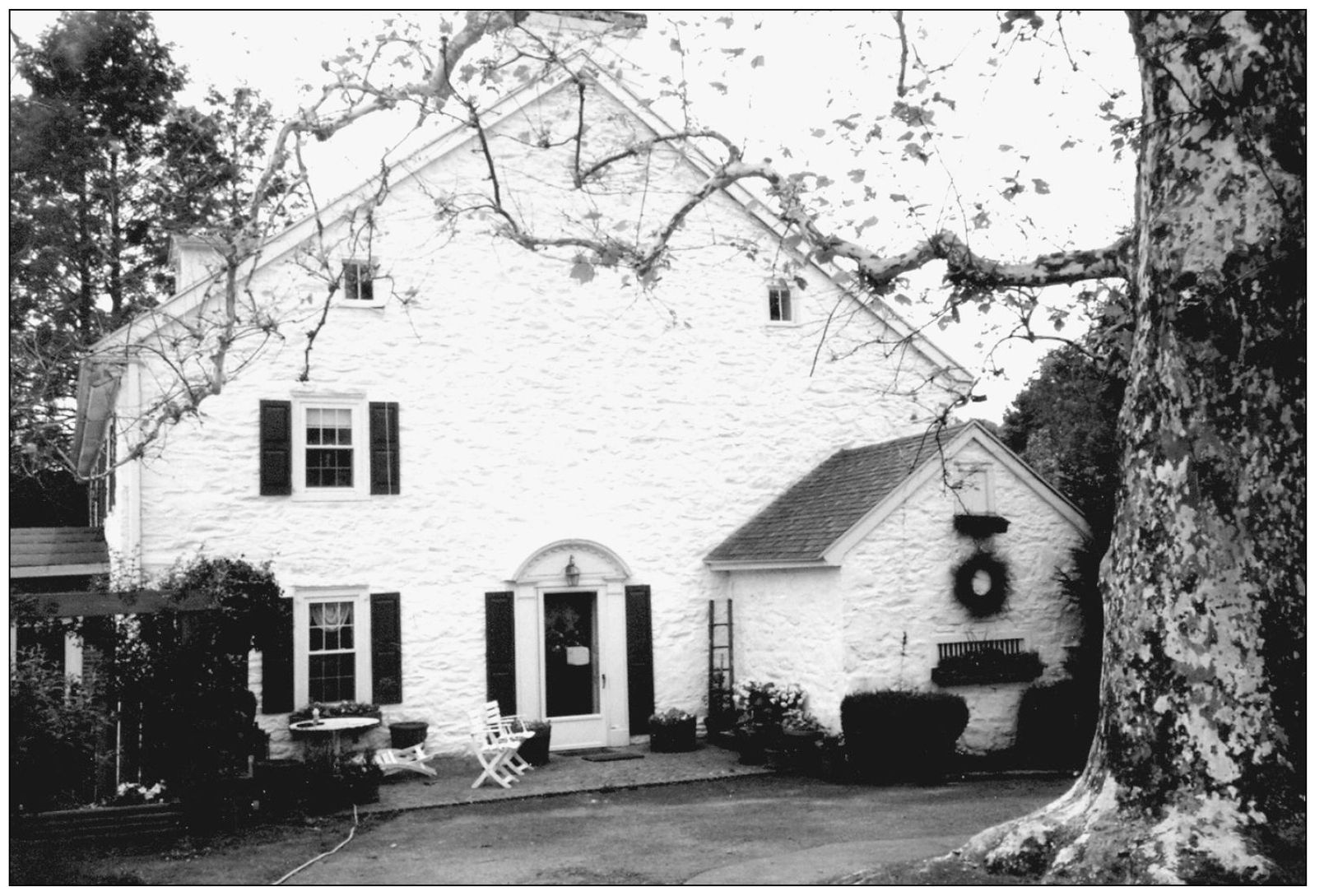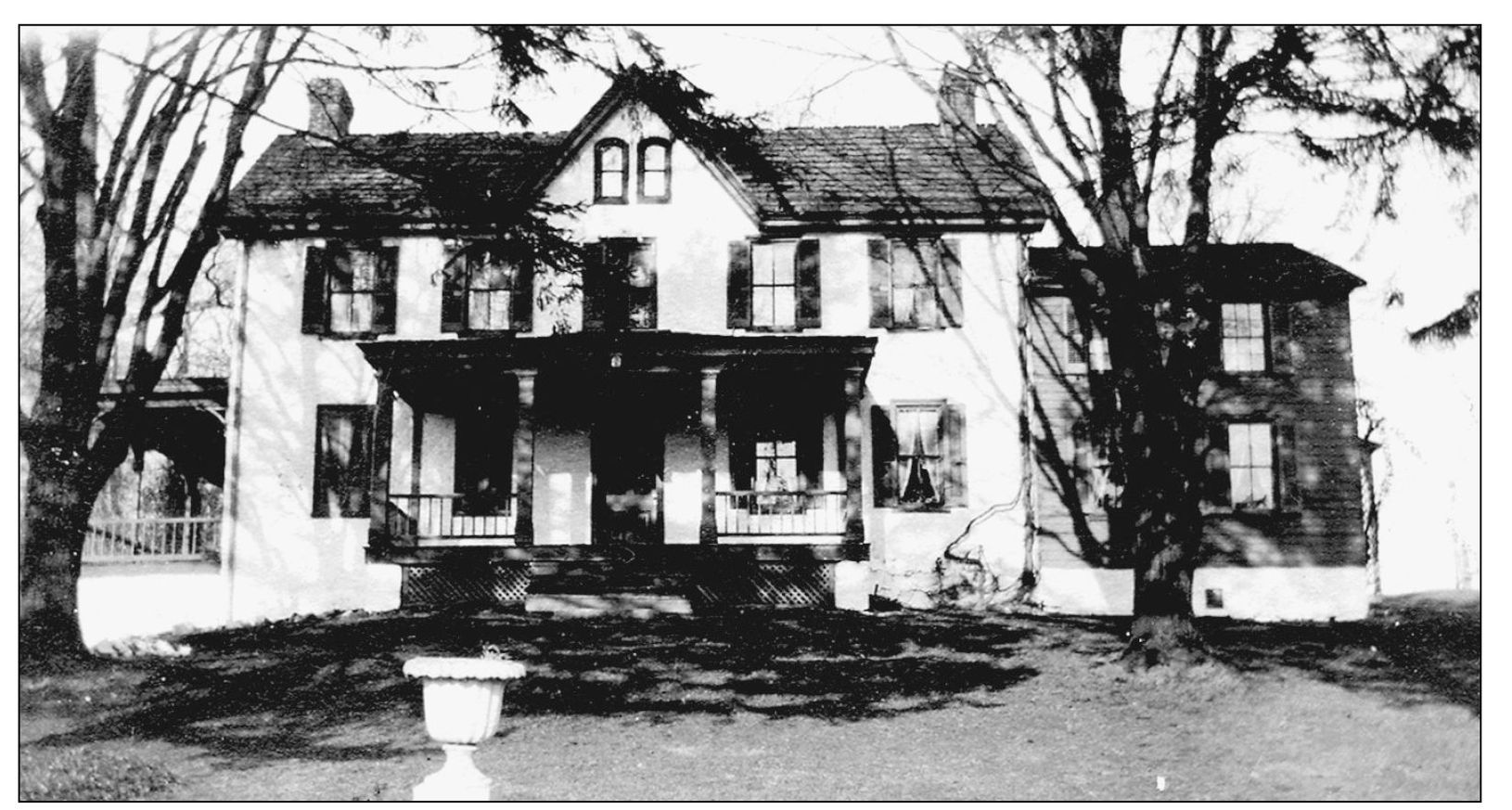ACKNOWLEDGMENTS
Photographs are an invaluable source of historical information. They provide a unique insight into events, people, and places that might otherwise be forgotten. In that context, this book provides a unique window into the past.
While photographs of the founding families do not exist, the community is privileged to have a photographic record in many instances of where these early settlers lived, worked, and worshiped, along with images of events and activities of many of their descendants and other residents over most of the last century. This collection is a vivid image of the past, enhancing the present and leaving a pictorial legacy for future generations.
Many individuals have contributed their knowledge, talent, and support to this project, and it is the sum of their efforts that has made this publication possible. They include, in alphabetical order: the Robert Wright Broussard family, Barbara and Don Burke, Ted Green, Carl Hough, S. Damon Kletzien, Paul Litecky, Delaware County historian Keith Lockhart, Eileen Mowrer, Betty Naylor, Glennie Shadle, archivist for Sellers Free Library Tom Smith, Springfield Press journalist John Taylor, and Evelyn Thomas.
Special thanks go to all of the individuals who contributed photographs to the Springfield Heritage Museum that were not used in this publication due to space limitations. These photographs will be added to the collection and made available for public viewing at the museum. Please call (610) 938-6299 or stop in the museum to see these photographs and the total collection at the Springfield Heritage Museum, 111 Leamy Avenue, Springfield, Pennsylvania 19064.
Find more books like this at
www.imagesofamerica.com
Search for your hometown history, your old
stomping grounds, and even your favorite sports team.
One
VISITING WITH THE FOUNDING FAMILIES
The George Rutherford Farm, pictured in 1930, was located on State Road between Weymouth and West Rolling Roads. Originally built in 1722 by George Maris, it was named Home House, replacing a house built in 1698. A land grant conveyed the property to the Maris family, who lived on the farm until 1901. Maris Road and Rutherford Drive were named in honor of the families. The home was razed in the 1980s. (Jack Rutherford.)
Samuel Levis built this red and black brick checkerboard-patterned home in the early 1690s. The house, at 620 Hey Lane, passed down through eight generations of Levises until the family left the house in 1925. The original kitchen in the basement was believed to be one of William Penns favorite places to relax when visiting Levises. There is also a tunnel under the house that reportedly was used in the Underground Railroad. (Sellers Library.)
Originally from France, the Samuel Levis family moved to England and then to the Americas, settling this 1,000-acre plantation granted by William Penn. Samuel Levis served in the Provincial Assembly of Pennsylvania, as a member of the Governors Council, and as a justice of the peace. His grandson Thomas Levis was a member of the Provincial Assembly appointed to draw up the Declaration of Rights at Carpenters Hall. (Map courtesy of Jane Levis Carter.)
In 1780, the Levis family had this house and mill, at 355 Levis Lane, built on Darby Creek. Both were purchased in 1845 by Moses Hey and altered into the three-story home seen here. During the mid-1800s, the area around the home was known as Heyville. Features of the house include a ballroom on the first floor, three cellars below grade, and six-over-six windows on the second floor. (Sellers Library.)
Josephine Albrecht, a local historian, looks over the log home she discovered during a renovation in 1964. Originally located on Swarthmore Avenue, the house was built by William Pennock in the late 1700s. After being relocated and reconstructed, it now resides in Upland Borough on the Caleb Pusey property. (Springfield Historical Society.)
George Maris built this stately Colonial home in the mid-1700s. Constructed from native fieldstone as a rectangular home, the house gained additions in 1790 and 1810 for the second and third floors and, in 1953, for a spacious great room. Chickabiddy Hill, as the home is known, was once the residence of the Saxer and Levis families and was located across Springfield Road from what used to be a racetrack. (Springfield Historical Society.)
The Maris Home House marker, dated 1683, was removed from the Maris homestead at 400 State Road in the 1980s, during the demolition of the house. At the time, Dee and Bob Wallace were the owners of Chickabiddy Hill, another Maris family home just off of Springfield Road, and made arrangements to have the stone moved to their property. (S. Damon Kletzien.)
The Joseph Maris Home, photographed in 1930, is located at 421 North State Road. It was built in 1757 on land granted by William Penn. This home has seen many renovations leading to the Second Empirestyle faade pictured here. Rumored to have been a stop on the Underground Railroad, it has been visited by many notables, including two presidents. (Jill Zuaguariello.)
Built in 1705 by Richard Maris, this imposing two-and-a-half-story home was in the Maris family until 1787, when it was purchased by the Worral family, who resided there until 1863. Reputed to have been a stop on the Underground Railroad, the home has a tunnel in the cellar that ran under West Rolling Road to a house that is now gone. (Springfield Historical Society.)

